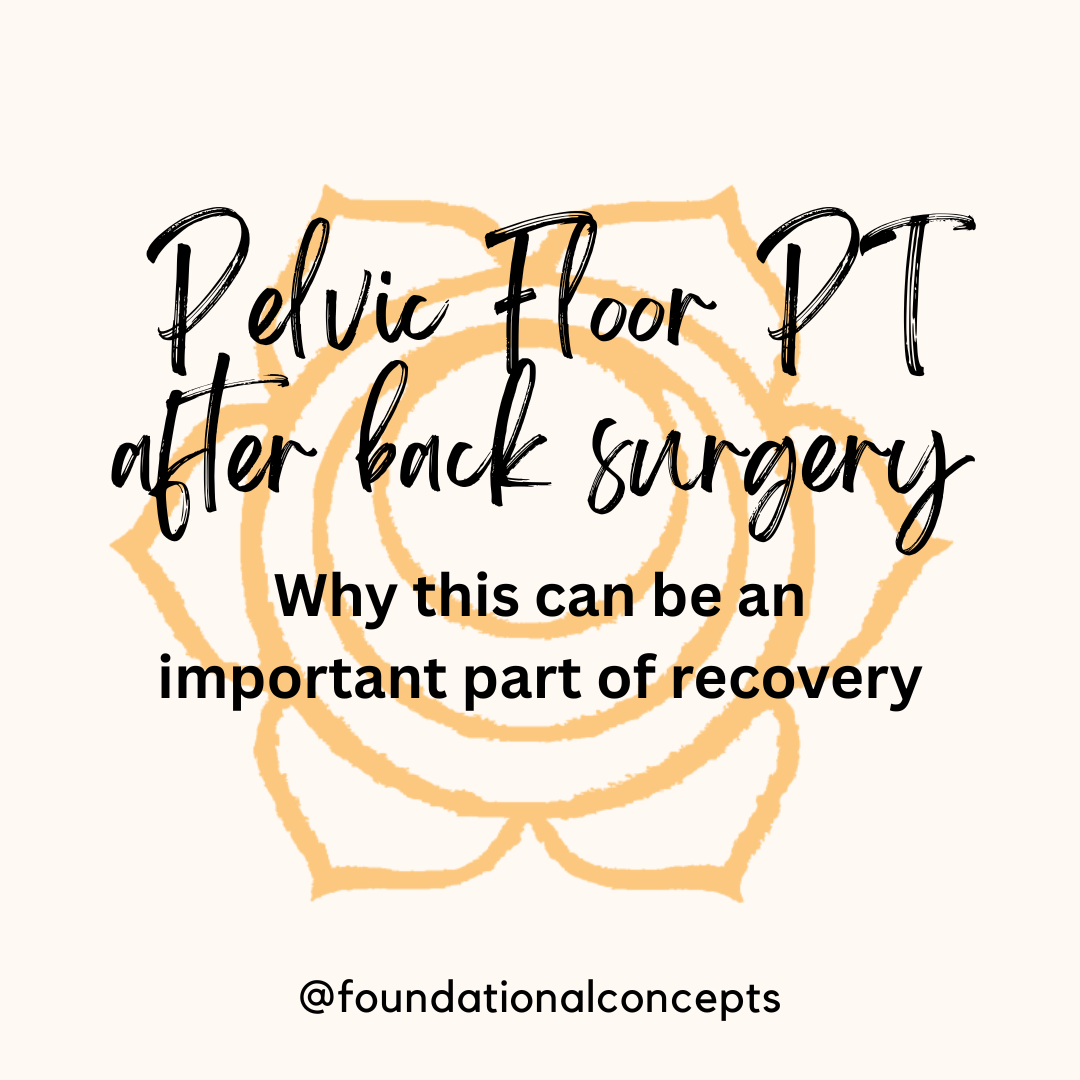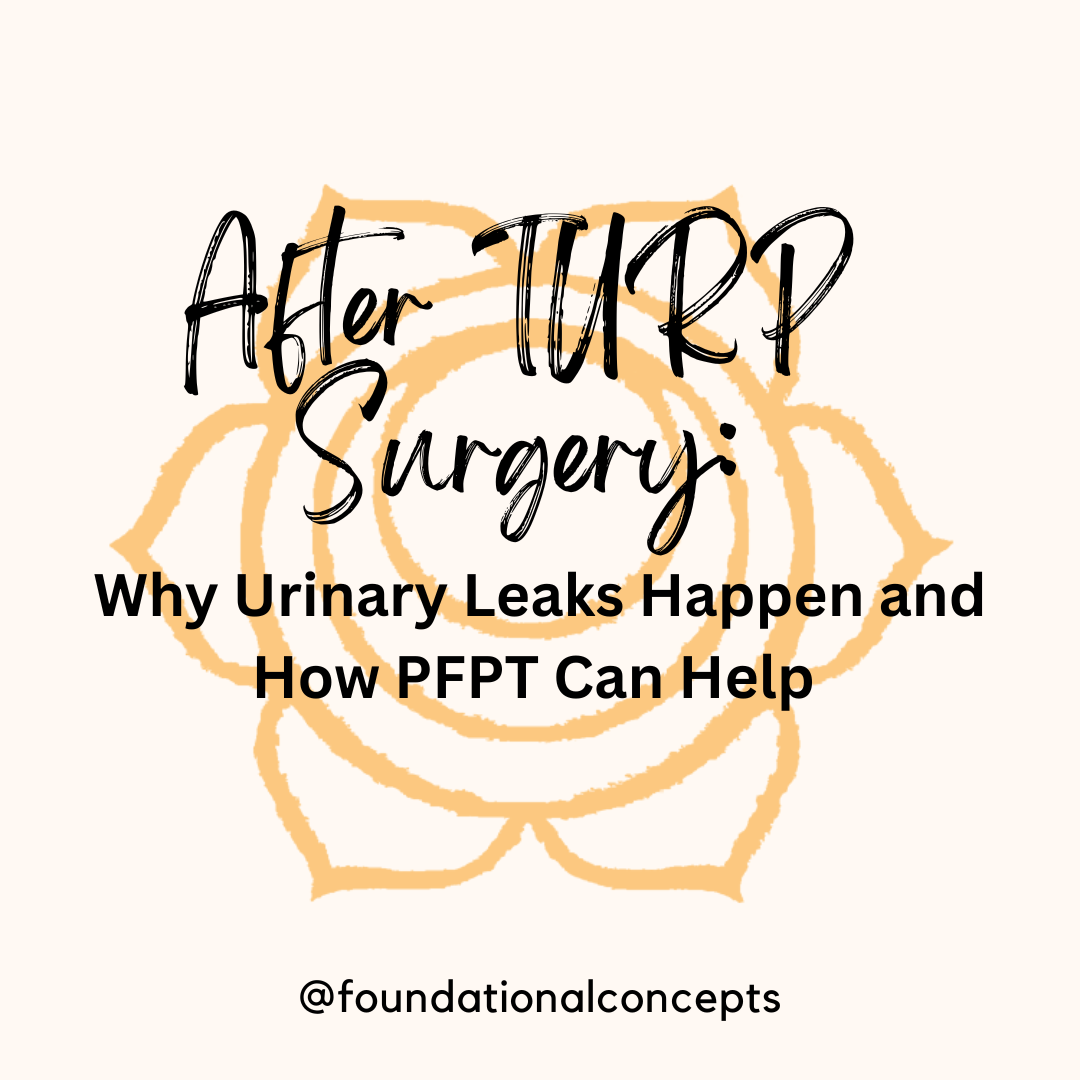
Surgery for Bladder Prolapse: what you need to know
If you’ve been told you have a cystocele (also called a bladder prolapse), you’re not alone — it’s one of the most common types of pelvic organ prolapse. Cystocele repair surgery can make a big difference in comfort and quality of life, but like any surgery, it’s natural to wonder: How successful is it?
Let’s take a closer look at what research shows about success and recurrence rates after cystocele repair — and what those numbers really mean.
First, What Does “Failure” Mean?
When doctors talk about the “failure rate” of cystocele repair, it doesn’t always mean the surgery didn’t work. In fact, the word failure can mean different things in research studies:
- Anatomical recurrence: The bladder drops again on physical exam.
- Symptomatic recurrence: You feel the same bulge, pressure, or heaviness again.
- Retreatment: You need another surgery or procedure.
It’s important to know that many women who show a small anatomical “recurrence” on exam don’t have any bothersome symptoms — and don’t need another procedure. So, numbers don’t always tell the whole story.
Native Tissue Repair (Traditional Surgery)
The most common cystocele surgery is called an anterior colporrhaphy, where your own tissue is used to support the bladder.
Research shows that:
- Anatomical recurrence (the bladder dropping again) happens in about 30–60% of cases within 1–2 years.
- Symptomatic or retreatment rates are much lower — around 10–20%.
In other words, most women still feel better and stay symptom-free, even if a small amount of prolapse is seen again on exam.
Mesh-Augmented Repairs
For a while, surgeons used synthetic mesh to strengthen bladder repairs and reduce the chance of recurrence. These surgeries did show lower recurrence rates (about 5–20%), but over time, complications such as mesh erosion, pain, and infection became more common.
Because of these safety concerns, the FDA and other regulatory bodies have restricted or discontinued the use of transvaginal mesh for prolapse repair in the U.S. and many other countries.
Mesh repairs may still be used in very specific or complex cases, but only by surgeons with advanced training and in specialized centers.
New and Modified Techniques
Newer surgical techniques are being studied that use your own tissue but in different ways — such as paravaginal repairs or pubococcygeus plication. These aim to give better long-term support without mesh.
Early studies show success rates of 75–95% at 1–4 years, but because these studies are smaller, we need more research to know how well they hold up long-term.
A Quick Comparison
| Type of Surgery | Risk of Recurrence | Need for Another Surgery | Key Takeaway |
|---|---|---|---|
| Traditional (native tissue) repair | 30–60% (on exam) | 10–20% | Fewer complications, most women feel better |
| Mesh-augmented repair | 5–20% | 5–15% | Lower recurrence, but higher risk of complications |
| New native tissue techniques | 5–25% (varies) | Limited data | Promising, but still being studied |
What Do Current Guidelines Say?
Professional organizations such as ACOG (American College of Obstetricians and Gynecologists) and AUGS (American Urogynecologic Society) recommend that:
- Native tissue repair is the preferred first-line option for most women.
- Mesh repairs should be reserved for complex or recurrent cases, performed only by trained specialists.
- Pelvic floor physical therapy plays a key role — before and after surgery — to improve recovery, support healing, and lower the chance of recurrence.
The Bottom Line
Cystocele repair is an effective and worthwhile treatment for many women. While “failure rates” can sound high when you look at the numbers, remember that many women stay symptom-free and happy with their results for years after surgery. Your success depends on many factors — your tissue quality, overall health, the type of surgery, and the skill of your surgeon. At Foundational Concepts, we are able to help women after prolapse surgery improve their motor control and core strength to best support the surgical repair to help prevent failure.
References
1, Anterior Colporrhaphy versus Transvaginal Mesh for Pelvic-Organ Prolapse. Altman D, Väyrynen T, Engh ME, Axelsen S, Falconer C. The New England Journal of Medicine. 2011;364(19):1826-36. doi:10.1056/NEJMoa1009521. Leading Journal
2. The Natural History of Cystocele Recurrence. Dietz HP, Hankins KJ, Wong V. International Urogynecology Journal. 2014;25(8):1053-7. doi:10.1007/s00192-014-2339-4.
3.Avulsion of Puborectalis Muscle and Other Risk Factors for Cystocele Recurrence: A 2-Year Follow-Up Study. Weemhoff M, Vergeldt TF, Notten K, et al. International Urogynecology Journal. 2012;23(1):65-71. doi:10.1007/s00192-011-1524-y.
4.Anatomical Cystocele Recurrence: Development and Internal Validation of a Prediction Model. Vergeldt TF, van Kuijk SM, Notten KJ, Kluivers KB, Weemhoff M. Obstetrics and Gynecology. 2016;127(2):341-7. doi:10.1097/AOG.0000000000001272.
5.Success and Failure Are Dynamic, Recurrent Event States After Surgical Treatment for Pelvic Organ Prolapse. Jelovsek JE, Gantz MG, Lukacz E, et al. American Journal of Obstetrics and Gynecology. 2021;224(4):362.e1-362.e11. doi:10.1016/j.ajog.2020.10.009.
6.Solvent-Dehydrated Dermal Allograft (AXIS™) Augmented Cystocele Repair: Longitudinal Results. Juma S, Raheem OA. International Urogynecology Journal. 2017;28(8):1159-1164. doi:10.1007/s00192-016-3245-8.
7.Cystocele Recurrence After Anterior Colporrhaphy With and Without Mesh Use. Wong V, Shek KL, Goh J, et al.European Journal of Obstetrics, Gynecology, and Reproductive Biology. 2014;172:131-5. doi:10.1016/j.ejogrb.2013.11.001.
8.Results of Cystocele Repair: A Comparison of Traditional Anterior Colporrhaphy, Polypropylene Mesh and Porcine Dermis. Handel LN, Frenkl TL, Kim YH. The Journal of Urology. 2007;178(1):153-6; discussion 156. doi:10.1016/j.juro.2007.03.041.
9.Comparison of Early Postoperative Outcomes for Vaginal Anterior Sacrospinous Ligament Fixation With or Without Transvaginal Mesh Insertion. Galan LE, Bartolo S, De Graer C, et al. Journal of Clinical Medicine. 2023;12(11):3667. doi:10.3390/jcm12113667.
10.Cystocele Repair by a Modified Surgical Technique of Bilateral Pubococcygeus Plication: Long-Term Surgical and Functional Results. Balzarro M, Rubilotta E, Antonelli A. Journal of Clinical Medicine. 2020;9(10):E3318. doi:10.3390/jcm9103318.
11.A Modified Technique for Paravaginal Repair of Cystocele With Paravaginal Defect: A Retrospective Study. Huang S, Lv Q, Li Y, Meng Q, Li M. European Journal of Obstetrics, Gynecology, and Reproductive Biology. 2022;269:108-113. doi:10.1016/j.ejogrb.2021.12.028.
12. Mid-Term Results of a New Transobturator Cystocele Repair by Vaginal Patch Plastron Without Mesh. Chene G, Cerruto E, Moret S, Nohuz E. Journal of Clinical Medicine. 2023;12(14):4582. doi:10.3390/jcm12144582.
Disclaimer: This blog is here for your help. It is the opinion of a Licensed Physical Therapist. If you experience the symptoms addressed you should seek the help of a medical professional who can diagnose and develop a treatment plan that is individualized for you.









